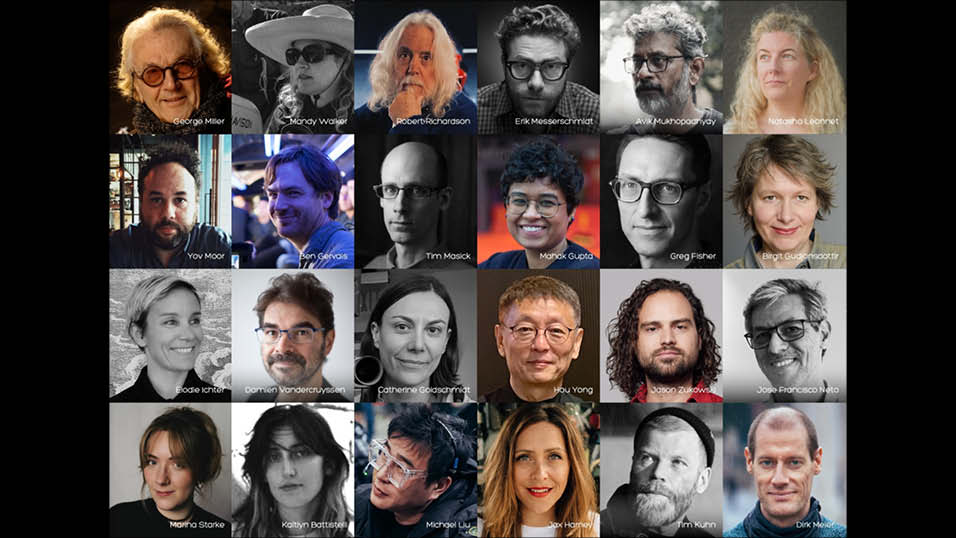Software developer Foundry, has announced the release of Nuke 15.0 and upcoming releases of Katana 7.0 and Mari 7.0.
Updates to Nuke include native Apple silicon offering up to 20% faster processing speeds. In addition, training speeds in Nuke’s CopyCat machine learning tool have been boosted by up to 2x.
Mari 7.0’s new baking tools will enable artists to create geometry-based maps at speed, without the need for a separate application. USD updates in Katana 7.0 will minimise the friction and disruption of switching between applications.
Foundry’s new releases support standards across the industry, including compliance with VFX Reference Platform 2023. Foundry is currently testing its upcoming releases on Rocky 9.1, with testing on matching versions of Alma and RHEL.
Foundry is offering dual releases of Nuke and Katana, enabling clients to use the latest features in production immediately, while testing their pipelines against the latest Linux releases. Nuke 15.0 is shipping with Nuke 14.1, and Katana 7.0 will release along with Katana 6.5. These dual releases offer nearly identical feature sets but with different VFX Reference Platform support.
Foundry is introducing a tech preview of OpenAssetIO in Nuke 15.0 and 14.1 to support pipeline integration efforts and streamline workflows. Managed by the Academy Software Foundation, OpenAssetIO is an open-source interoperability standard for tools and content management systems that will simplify asset and version management, making it easier for artists to locate and identify the assets they require.
Phil Parsonage, Chief Technology Officer at Foundry, says: “With the latest versions of our tools, we’re focusing on performance acceleration, expanded possibilities in machine learning, and new baking and texturing capabilities in Mari. Foundry — whether through these improvements, the latest open standards, USD workflows, or hardware platforms — is committed to empowering artists creativity.”
What’s new in Nuke:
Native Apple silicon support — up to 20% faster general processing speeds and GPU-enabled ML tools, including CopyCat, in Nuke 15.0.
Faster CopyCat training — with new distributed training, share the load across multiple machines using standard render farm applications, and compress image resolution to reduce file sizes for up to 2x faster training.
USD-based 3D system improvements (beta) — including a completely new viewer selection experience with dedicated 3D toolbar and two-tier selections, a newly updated GeoMerge node, updated ScanlineRender2, a new Scene Graph pop-up in the mask knob, plus USD updated to version 23.05.
Multi-pixel Blink effects in the timeline — only in Nuke Studio and Hiero. Apply and view Blink effects, such as LensDistortion and Denoise, at the timeline level, so there’s no need to go back and forth between the timeline and comp environments.
OCIO version 2.2 — adds support for OCIOZ configs to be used directly in a project in Nuke 15.0.
What’s coming in Katana:
USD scene manipulation — building on the same underlying architecture as Nuke’s new 3D system, experience the pipeline flexibility that comes with USD 23.05.
Multi-threaded Live Rendering — with Live Rendering now multi-threaded and compatible with Foresight+, artists can benefit from improved performance and user experience.
Optimized Geolib3-MT Runtime — with new caching strategies, prevent memory bloats and minimize downtime, ensuring the render will fit on the farm.
What’s coming in Mari:
New baking tools — cutting out the need for a separate application or plugin, create geometry-based maps including curvatures and occlusions with ease and speed.
Texturing content — with new Python Examples and more procedural nodes, access an additional 60 grunge maps, courtesy of Mari expert Johnny Fehr.
Automatic Project Backups — with regular auto-saving, revert to any previously saved state either locally or across a network.
Upgraded USD workflows — reducing pipeline friction, the USD importer is now more artist-friendly, plus Mari now supports USD 23.05.
Shader updates — ensuring what’s seen in Mari is reflected in the final render, shaders for both ChaosGroup’s V-Ray 6 and Autodesk’s Arnold Standard Surface have been updated.
Licensing improvements — team licensing is now available, enabling organization admins to manage the usage of licenses for Mari.
Jon Creamer
Share this story


















